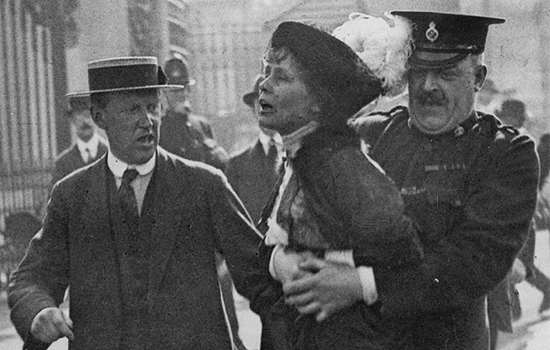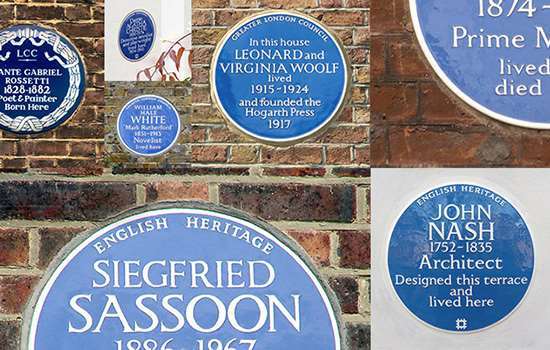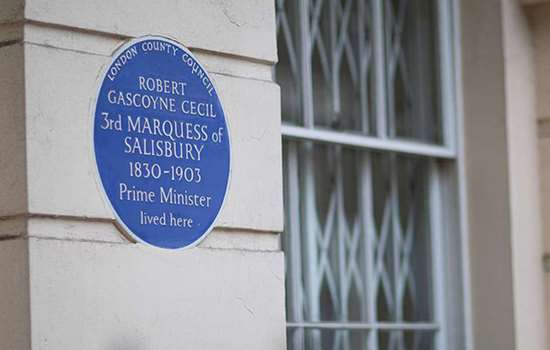LIND, Jenny (1820-1887) a.k.a. Madame Goldschmidt
Plaque erected in 1909 by London County Council at 189 Old Brompton Road, South Kensington, London, SW5 OBA, Royal Borough of Kensington and Chelsea
All images © English Heritage
Profession
Singer
Category
Music and Dance
Inscription
JENNY LIND (MADAME GOLDSCHMIDT) 1820-1887 Singer Lived Here
Material
Encaustic
Jenny Lind was a Swedish opera singer who achieved international fame in the mid-19th century. The plaque erected in 1909 at her former London home, 189 Old Brompton Road (formerly 1 Moreton Gardens) in South Kensington, was the first to honour a singer.
THE SWEDISH NIGHTINGALE
Known as the ‘Swedish Nightingale’, Lind came to prominence as an opera singer on the Continent before making her London début in Meyerbeer’s Roberto il diavolo at the Haymarket in 1847. As the show concluded, Queen Victoria threw a bouquet at the singer’s feet in appreciation of her performance.
Another famous admirer was the author Hans Christian Andersen, who fell in love with Lind after seeing her perform in Copenhagen. It is said his story ‘The Nightingale’ was inspired by the singer. He wrote of her:
Through Jenny Lind I first became sensible of the holiness there is in art … No books, no men have had a better or a more ennobling influence on me as the poet, than Jenny Lind.
At the height of her fame, her popularity was rather like that of a modern pop star, with sell-out concert series and an extensive range of what would now be termed tour merchandise such as Jenny Lind soap, scent and candle snuffers. The latter were modelled as a woman in operatic dress with the head of a nightingale.
Lind’s popularity was enhanced by her dedication to charitable causes. At the end of the Crimean War, she donated money from her performances to Florence Nightingale’s Nursing Fund and, after the death of her friend Felix Mendelssohn, she raised funds for a scholarship in his name. The first recipient was the composer Arthur Sullivan, who later formed a legendary partnership with the librettist WS Gilbert.
PROFESSOR OF SINGING
In 1858, having retired from the stage, Lind settled in England with her husband, Otto Goldschmidt (1829–1907), a former pupil of Mendelssohn. They lived first in the Wimbledon Common area before relocating in 1874 to what was then 1 Moreton Gardens, a substantial, newly built house. This move coincided with Otto’s appointment as Vice-Principal of the Royal Academy of Music under their friend the composer Sir William Sterndale Bennett.
In 1883 Jenny – now known as Jenny Lind-Goldschmidt – became the first Professor of Singing at the Royal College of Music, and took classes at her home, which had good-sized ground-floor rooms well suited to the purpose. In the drawing room were held early soprano rehearsals of the Bach Choir, of which Otto was the first musical director and which continues to flourish. The house – which became 189 Old Brompton Road in 1937 – remained the couple’s home until their respective deaths.
A monument to Lind can be found at Poet’s Corner in Westminster Abbey, close to that of George Frideric Handel. The inscription reads, ‘I know that my redeemer liveth’ – a soprano aria from Handel’s Messiah that she was particularly famed for singing.
Nearby Blue Plaques
More About Blue Plaques



